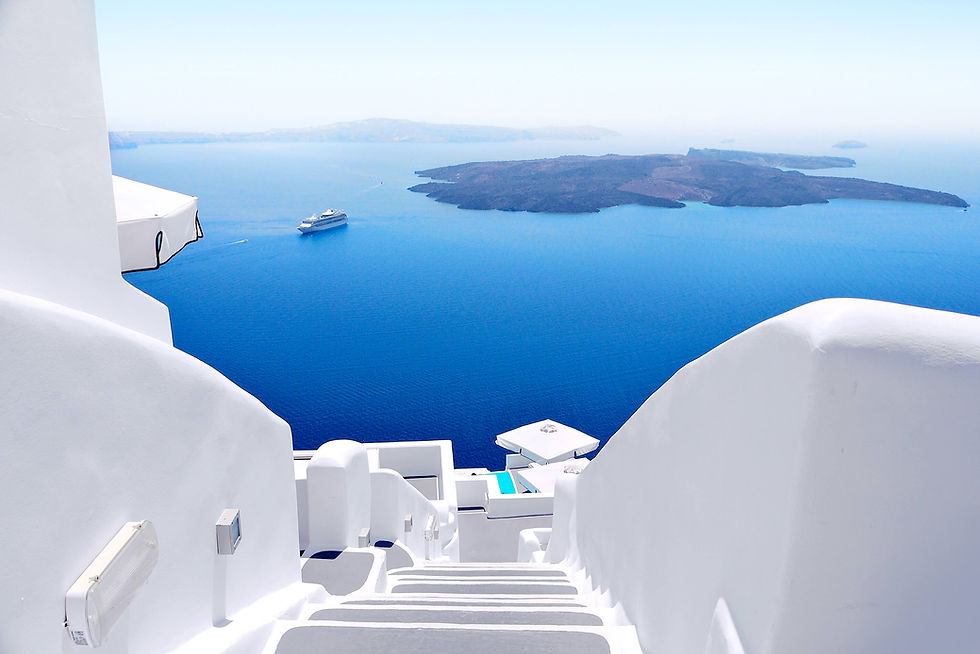The Iconography of Buddhist Meditation
- Dr Elizabeth Guthrie
- Sep 10, 2014
- 1 min read
The Iconography of Buddhist Meditation

Abstract
There are three main historical sources for Buddhist meditation. Buddhist meditation texts (Visuddhimagga, Ocean of the Sea of Samadhi, etc.) contain specific information about meditation techniques; however, these texts are relatively late (500 CE). An earlier strata of canonical texts – the Suttas and the Vinaya – contain important information about the meditation experiences and teachings of the Buddha. A third source of information – visual representations of the Buddha engaged in the act of meditation found at archaeological sites in India – also provide valuable information about Buddhist meditation from an early period.
In this paper I will ask what information, if any, can be learned about Buddhist meditation from the earliest Buddhist iconography, the so-called “aniconic” phase of Indian Buddhist art. In addition to analyzing the meditation episodes represented in stone relief carvings at the great stupas at Sañchi, Bharhut and Amaravati, I will compare these episodes with later, “iconic” images of the Buddha in meditation. I will argue that despite the absence of an anthropomorphic image of the Buddha in the earliest strata of Buddhist representational art, the iconography of the meditation episodes demonstrates narrative continuity from a very early period.
Keywords: Buddhist iconography; aniconic; iconic; meditation episodes.






















Comments